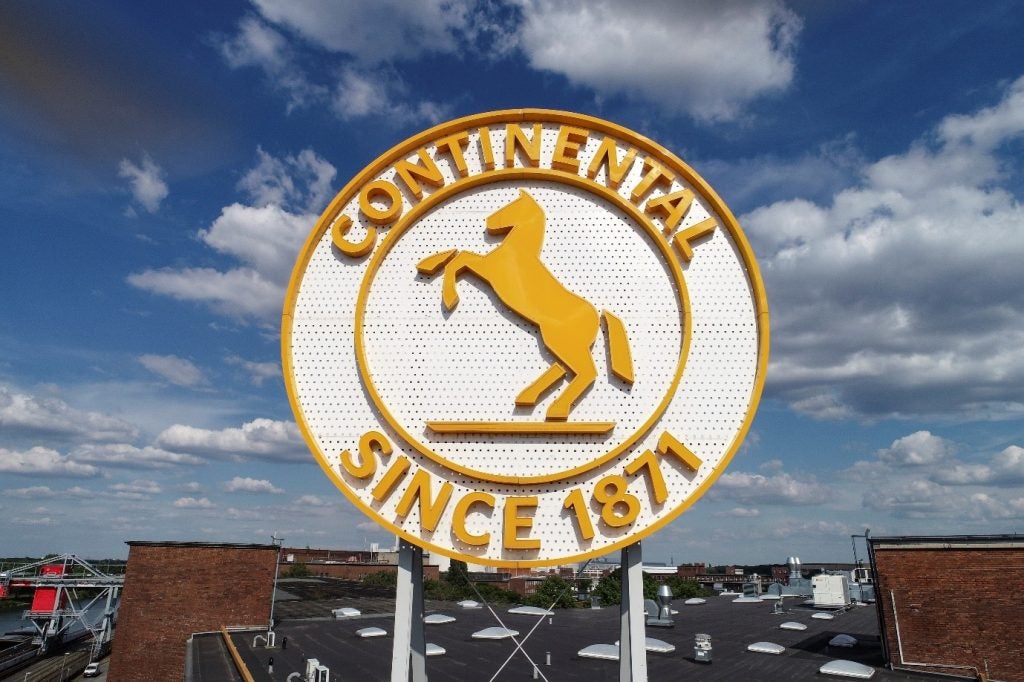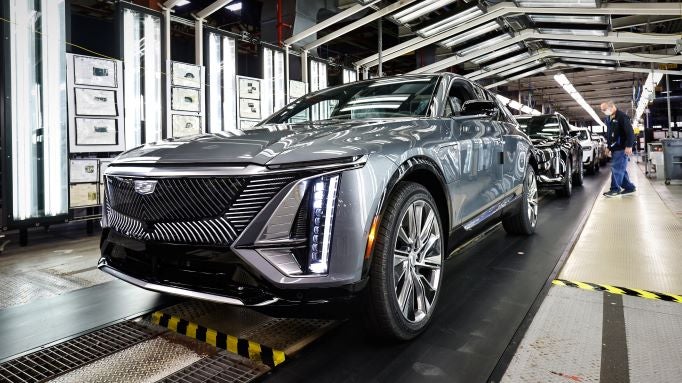 The decision to end production of Chevrolet Camaro and Pontiac Firebird muscle cars had been expected for more than a year, but fierce lobbying by the provincial government and the Canadian Auto Workers union meant the plant was kept in operation while GM looked for a new product.
The decision to end production of Chevrolet Camaro and Pontiac Firebird muscle cars had been expected for more than a year, but fierce lobbying by the provincial government and the Canadian Auto Workers union meant the plant was kept in operation while GM looked for a new product.
But none was found and alternate uses such as manufacturing aluminum or magnesium parts, assembling a niche vehicle or vehicles, doing a joint venture with a parts maker or assembling transmissions made no economic sense, GM and union officials conceded yesterday.
The shutdown next September means more than 1,500 jobs will be eliminated and all light vehicle assembly in Canada will be done in the province of Ontario.
“This is an extremely painful and difficult decision,” General Motors of Canada Ltd. president Maureen Kempston Darkes said in making the announcement.
The plant is closing for the sole reason that GM has excess manufacturing capacity in North America, Kempston Darkes told a news conference in Montreal.
The presence of a separatist government had no bearing on the decision and government promises of $C300 million in financing did not provide a reason to save the plant either, GM and union officials said yesterday.
How well do you really know your competitors?
Access the most comprehensive Company Profiles on the market, powered by GlobalData. Save hours of research. Gain competitive edge.

Thank you!
Your download email will arrive shortly
Not ready to buy yet? Download a free sample
We are confident about the unique quality of our Company Profiles. However, we want you to make the most beneficial decision for your business, so we offer a free sample that you can download by submitting the below form
By GlobalData“No one can point fingers here,” said Canadian Auto Workers union president Buzz Hargrove, who pointed out that GM’s market share in North American has fallen from a peak of more than 50 percent to about 28 percent today.
Any other auto maker losing that amount of share would have gone bankrupt, he said.
The Ste. Therese plant had been cranking out the muscle cars since 1993 and had been in operation since 1965. At its peak, the plant north of Montreal employed about 3,000 workers.
Strategic Review- |
At various times it produced some of GM’s flagship North American products, including the Chevrolet Impala and Oldsmobile Cutlass. It also produced some of GM’s classic clunkers, including the Chevrolet Vega and Pontiac Astre, GM’s attempts in the early 1970s to fight back against the first wave of cheap, fuel-efficient cars from Japan.
But it was the decline in muscle car sales that finally did in the plant.
Production peaked at 192,000 Camaros and Firebirds in 1994, but by last year had fallen to less than 75,000 units.
GM’s contract with the CAW required that it notify the union of any plant closing one year before a shutdown is to take affect.
GM will take a charge of $US300 million on its third-quarter financial results to pay for the costs of the closing.
Industry analysts said more plant shutdowns may be on the way from GM and its Big Three rivals Ford Motor Co and DaimlerChrysler Corp. That’s because of large losses in market share those three companies have sustained this year – down to less than 60 percent of North American sales last month – and an expected severe downturn in sales in the wake of the terrorist attacks on New York and Washington two weeks ago.
“Excess capacity has gone from a long-term depressant on earnings to an acute problem for GM and the Big Three overall,” said John Casesa, an auto industry analyst at Merrill Lynch & Co. Inc., in New York.
GM and Ford now are saying privately that they each have three excess assembly plants in North America, one industry observer said yesterday.
“This will be the first of other capacity rationalisation moves by General Motors in North American over the next couple of years,” added Michael Robinet, director of forecast services for consulting firm CSM Worldwide Inc. in Northville, Mich.
“The aim in this industry is to lower your fixed costs as much as possible,” he said.
|







